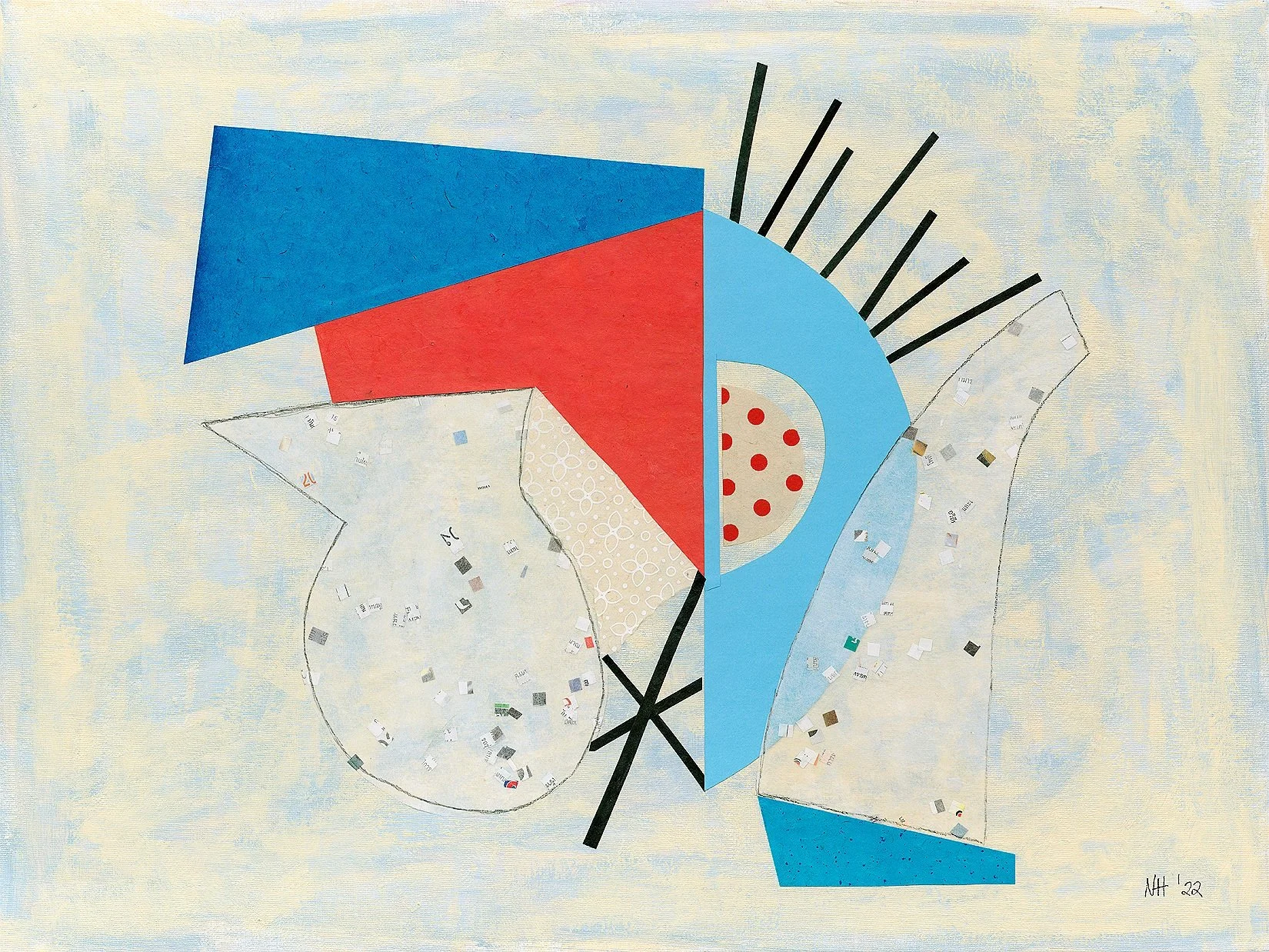What do you see?
To look at art you just need your eyes.
But to see it, you need so much more.
Perception of art has always intrigued me. I was drawn to accumulate art as a teen and while I didn’t recognize it as collecting, I knew I wanted to be surrounded by beautiful, emotive, unique expressions of the human experience.
Save for a few pieces, I don’t create art that is recognizable as specific objects, places, or people.
Even when I create something recognizable, for me, the power is in the feeling.
I visited St Andrews in Hungary. It was a quintessential artist town and for some reason I felt compelled to recreate it. The tiny winding alleyways, the giant church and comparably miniature ancient synagogue.
My memories brought this town to life and I feel an echo of remembrance of it whenever I see the interpretation my art made of it.
But most of my art contains nothing recognizable.
Or does it?
Our brains love to categorize. It’s why we’re so good at recognizing patterns. We crave the familiar and recognizable. The satisfaction we feel when we can label and catalog something we see, hear, or experience brings us satisfaction.
There is discomfort in the ambiguous.
I see this all the time.
When I create a piece that shows something distinct, that can be named, it’s more popular.
I have to admit, I experience a little bit of elevation when I see someone appreciate a piece of work that requires a different way of processing.
I think it takes more work. More vulnerability. It’s a bit like a Rorschach test. The ambiguity can expose something within you.
So when I hear the question “but what is it?” My response is, “whatever you want it to be!”
And that can be confronting.
It asks you to suspend your intellect, your cognition, and instead journey into a world of feeling. It asks you to use your eyes not to just observe an object for your brain to catalog, but for your eyes to become a window to let an experience in.
That experience is primarily emotional.
It requires openness, curiosity.
It requires you to balance familiarity with discovery.
It requires you to suspend standard society sometimes too. When we look at a chair, we can agree without question on what it is and what it represents.
But a pattern?
We have to go it alone to interpret that. We were never taught.
It’s the unknown territory of personal interpretation. There’s no right, no wrong, just presence.
So when you look at these pieces that seemingly contain nothing identifiable, feel into it.
What resonates?
Where do you relate?
What do you recognize?
Where are you called to reflect?
What parts of you are called to respond?
Where does it ask you to reconsider the obvious?
Because when you don’t know what you’re looking at, if you look with your whole being instead of your eyes…what you see…is yourself.


